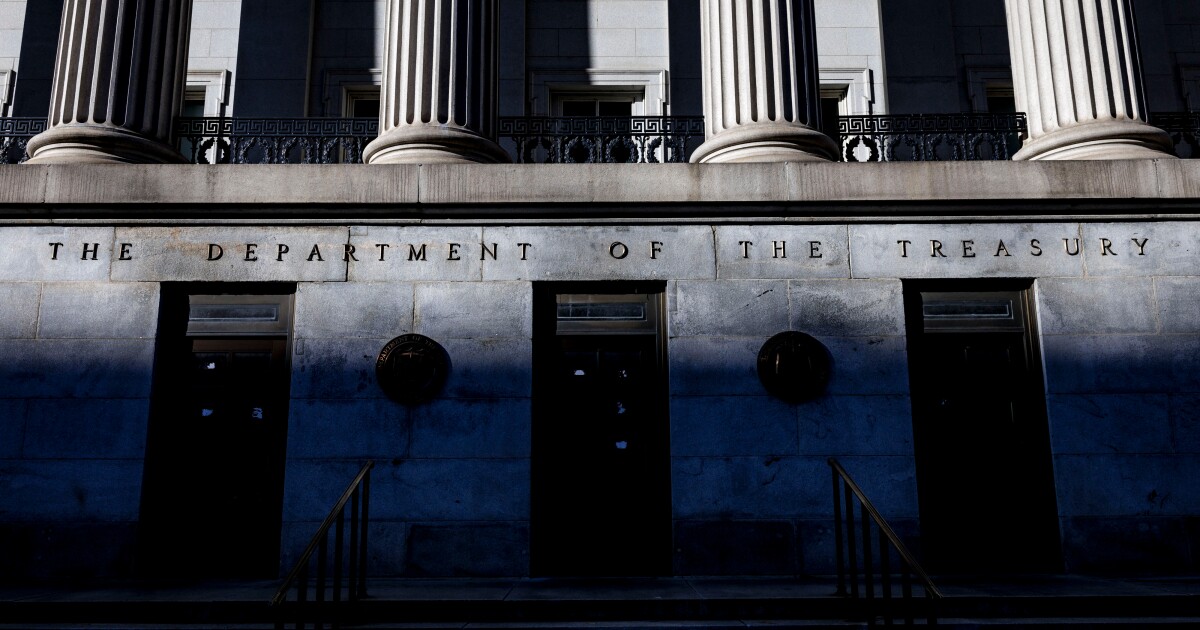
A
The $22 billion sale followed weeks of
READ MORE:
The results pushed the benchmark rate on the long bond below where it was trading when Moody's Ratings
Investors were wary coming into the event after a surprisingly poor reception for a 20-year auction in May contributed to a selloff that pushed 30-year rates as high as 5.15%, leaving them just below an almost two-decade high and sparking losses in stocks and the dollar. The last 30-year sale also saw somewhat weak demand.
The initial reaction is "a sigh of relief that it was a solid auction," said Jack McIntyre, a portfolio manager at Brandywine Global Investment Management. "Ultimately, it will be the economic data that confirms a top is in at 5%."
Underscoring the buying interest, the group of primary dealers that underwrite US Treasury debt offerings were awarded 11.4% of the sale, the lowest amount they've been left with since November. The result followed a well-received sale of 10-year notes on Wednesday.
"The market continues to look for any evidence of a pullback in sponsorship for US Treasuries and this week's pair of stop-throughs for 10s and 30s provided no such fodder for the bond vigilantes," said Ian Lyngen, head of US rates strategy at BMO Capital Markets.
Thursday's outcome was even more notable as it came after the maturity had already rallied in the past two trading sessions on the back of softer inflation and jobless claims data. Looking ahead, there's still plenty of concern around the maturity given longer-term worries about government spending and rising debt levels, and the potential for tariffs to reignite inflation.
"The positive inflation data should continue to be a small source of support over the near-term," said John Canavan, analyst at Oxford Economics. "But we still expect upward pressure on inflation will develop due to tariffs in the months ahead, so that support may be temporary."
Canavan said he's "not convinced 5% will hold for the 30-year."
The concern around government spending and long-term debt has been evident in
The outcome for the US long-bond auction came despite recent angst around the president's tax bill, which is forecast by some to add
Against that backdrop of expanding government shortfalls, investors have demanded higher yields on longer maturities, increasing a cushion known as the term premium and causing the yield curve to steepen.
"I still worry about the impact on the long-end from fiscal and trade policy, with term premium likely to remain elevated and the curve set to remain steeper," said Gennadiy Goldberg, head of US rates strategy at TD Securities. "The market is quite focused on deficits and if economic data starts to show signs of softening, investor attention could rapidly shift away from deficits, pushing yields lower amid flight to safety flows."



